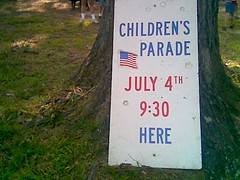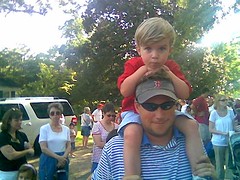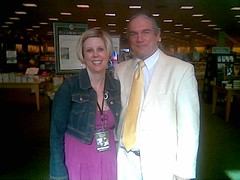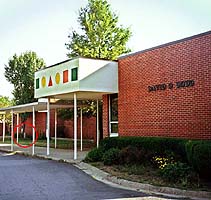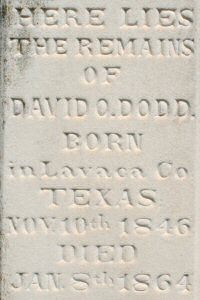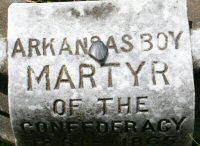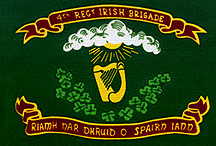In spite of the fact I wrote, “For Librarians Only,” I knew you’d read it anyway. That’s okay. These are things writers, school teachers, and librarians should know in order to have a successful signing. In all fairness, I must say that much, if not most, of what’s in this list I learned from the very talented librarians I have worked with. These are only suggestions, but I feel they may be helpful to author and librarian alike. Recently, I was broadcast by Region VII, and this was one of the handouts I shared with the librarians who were in attendance and who were watching the broadcast.
Checklist for Successful Author Event in School Libraries
• Ask author to acknowledge all (every one) correspondence from you. File or print each email and make notes on phone calls. Obtain phone as well as email contact information. (If the Internet server goes down, you must have phone contact!)
• Author should sign and fax W-9 form if required by your district. Find out district/school policy on payment as authors generally expect payment on the day of program.
• A written contract for the event should be created.
• Find out what the author will need for the event (tables, etc.)
• A schedule of event day should be sent to author. This way he/she will know what to expect.
• Ask author for bio and other press information, including photo. File this information as you receive it.
• Obtain handouts, giveaways (like bookmarks) photos, etc. from author if they have them.
• Notify local media of the event. Ask author what he/she can do to help with publicity for the event (his blog, website, newspapers, etc.) Community publicity is good for the image of your school and library. Obtain an extra copy of any articles and send to the author. Authors do appreciate that.
• Obtain author’s book(s) before the event if possible and read (or have teachers read) the book(s) to the children and discuss them. Students are much more excited about the program.
• Send a brochure or letter home to the parents of students attending the program, informing them of the author’s visit and his/her books, including price if they are able to purchase them.
• Communicate to the author any specific expectations or requests.
• Talk up the event with school newspaper, school announcements, and with school staff. Encourage teachers to drop by and meet the author. A pre-program display can also be effective to build interest.
• Decide if you want to sell the author’s books as a fund-raiser, or if you don’t want or need to fool with that, have author bring his/her own books to sell. Or you can just focus on the program.
• Offer lunch to the author and provide water during program(s).
• Contact author a few days before the event.
• Take photos or record program on video for records, school website, and posterity. Get as much mileage out of the event as you can.
• Share your impression of the program with other librarians. (Texas Library List Serve, etc.)

